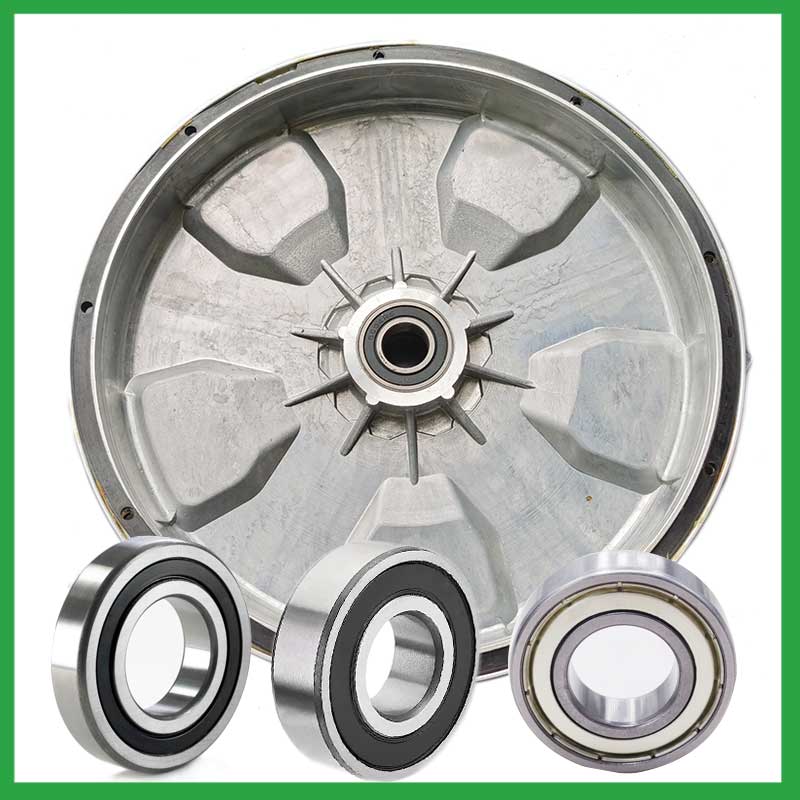PRODUCTS
CONTACT US
Ningbo Nide International Co., Ltd.
一一
· Contact person:Jack Zeng
· Mob/Whatspp/WeChat:0086-13738869026
· Email:emarketing@nide-group.com;marketing4@nide-group.com
· Add:No. 169, Wohushan Road, Daqi Subdistrict, Beilun District, Ningbo, China

Nide team could manufacture ball bearing as per customer’s drawing and samples.
If customer only has samples, we could also design drawing fo r our customer.
We also provide customized service.
Our ball bearing is widely applied the different industrials.
Haishu Nide International is located in Ningbo, Zhejiang Province. Established in 2010, it is a rapidly growing international enterprise. With advanced industrial hubs, complete supply chains, and convenient transportation advantages, combined with a professional team with rich experience in motor manufacturing, we specialize in exporting various bearings to various parts of the world. Our factory has advanced production equipment and testing instruments to ensure that all goods are perfect when received by our customers.
We adhere to strict quality control principles and excellent service. Our main products include shaft,magnet,thermal protector,carbon brush,fan,insulation paper,ball bearing, etc. Our products are widely used in fields such as fan motor,electric automotive motor,air condition motor,compress motor,servo motor,single and three phase induction motor,electric bicycle motor,washing machine motor. With the rapid development of the company, we have gained a good reputation and established long-term business relationships with many customers. So far, Nide has provided products to customers in over 50 countries.
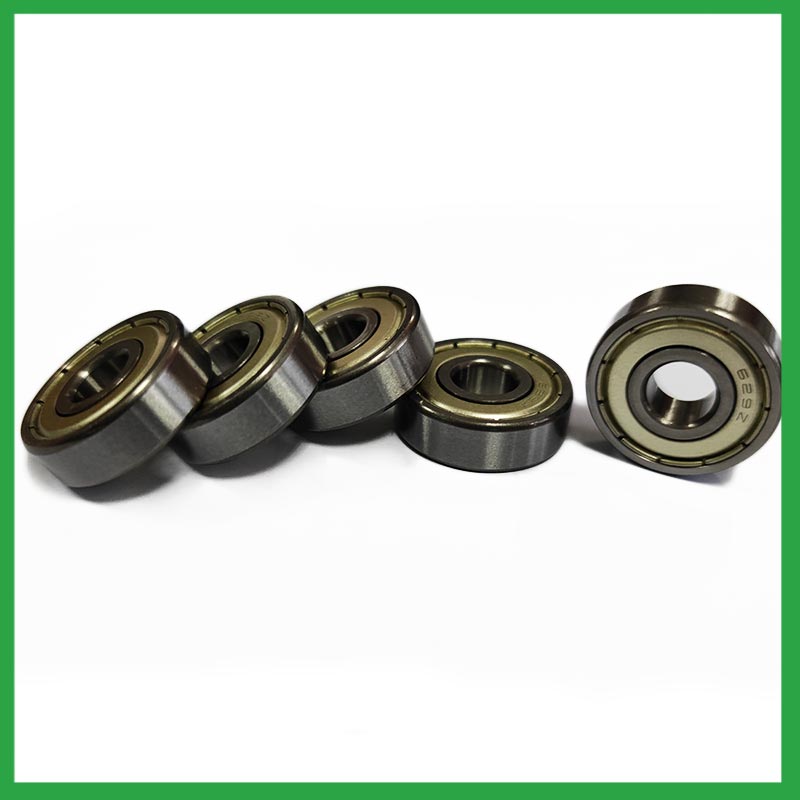
| Parameter | Information |
| Product Name | sliding door ball bearing roller |
| Place of Origin | Ningbo,Zhejiang,China |
| Brand Name | Nide |
| Material | chrome steel, etc. |
| Type | Ball |
| Warranty | 3months-1year |
| Port | Ningbo/Shanghai |
| Application | food processing machinery,chemical equipment, etc. |
| Size(mm) | customize |
| Color | white+customized |
| Precision Rating | as per customer's requirement |
| Certification | ISO 9001 Certification,CE-stator coil winding machine,CE-insulation paper inserting machine,etc |
| Feature | High precision,Strong carrying capacity...etc |
| Packaging Details | Suitable for sea transportation |
| Service | one-stop service |
| Model Number | ball bearing |
| Supply Ability | 100000-500000 Piece/Pieces per Month |
| Lead time (days) | 15-20 (To be negotiated) |
Please note: The above table data is for reference only. For specific information, please contact us.
sliding door ball bearing roller require thrust for installation, which can be achieved by using a combination ring made of steel sleeve and transmission rubber, or by using an adjustment plate to tighten the bolt to form a combination ring installation structure.
During the installation process, pollution from dirt and wear media should be prevented;
Temperature and humidity should be controlled to avoid excessive temperatures during startup and operation;
It should be operated and lubricated in the correct reverse direction to avoid unnecessary damage.
Ball bearings have many advantages, making them highly competitive in the market.
Firstly, they are very durable and have good wear performance, making their service life longer than many other types of bearings.
Secondly, they are easy to install and can provide low friction performance in various applications.
Thirdly, they require a relatively low level of maintenance, making them cost-effective.
In addition, compared to many other types of bearings, their purchase cost is relatively low, making them an economical choice.




sliding door ball bearing roller---FAQs Guide
2.Can sliding door ball bearing roller operate in high-temperature environments like industrial ovens or furnaces, and how are they protected from heat-related damage?
3.What is the significance of sliding door ball bearing roller lubrication, and how does it affect bearing lifespan and performance?
4.How do sliding door ball bearing roller contribute to the overall efficiency and energy savings in industrial machinery and transportation systems?
5.Do sliding door ball bearing roller come in various tolerance classes?
6.Can sliding door ball bearing roller be customized with special coatings or treatments to meet specific industry standards or regulatory requirements?
7.Are there sliding door ball bearing roller designed for use in critical medical equipment?
8.How do sliding door ball bearing roller provide smooth and controlled motion in various mechanical systems, such as conveyor belts or automobiles?
9.What are the advancements and innovations in sliding door ball bearing roller technology that have emerged in recent years?
10.What is the production capacity of the factory for sliding door ball bearing roller?
11.Can sliding door ball bearing roller be used in vacuum or cleanroom environments, and what measures are taken to prevent outgassing or contamination?
12.What is the typical noise level associated with sliding door ball bearing roller, and how are noise-reduction techniques applied?
13.How do preload adjustments in sliding door ball bearing roller affect their performance and suitability for high-precision tasks?
14.Are there hybrid sliding door ball bearing roller that combine steel rings with ceramic balls to optimize performance in demanding applications?
15.How do cage materials and designs impact sliding door ball bearing roller performance and stability?
16.What is a ball bearing?
1.What is the load distribution within a sliding door ball bearing roller, and how does it vary between different bearing configurations?
The load distribution between the rolling elements and raceway is crucial in performance evaluation of rolling element bearings. Determine the load distribution by measuring the strain response at the bearing surface with a notched housing. Finite element analysis shows that the introduction of notches does not affect the load distribution. An experimental system was developed to investigate the load distribution in a cylindrical roller bearing. The experimental static load distribution agrees well with the theoretical calculation. The dynamic load at specific position of load zone reflects the manufacture difference among rollers and dynamic balance of distributing loads.
2.Can sliding door ball bearing roller operate in high-temperature environments like industrial ovens or furnaces, and how are they protected from heat-related damage?
sliding door ball bearing roller are capable of working at temperatures up to +842°F (+450 °C). Special lubricants, seals and coatings make this possible by protecting the ball bearings from heat damage.
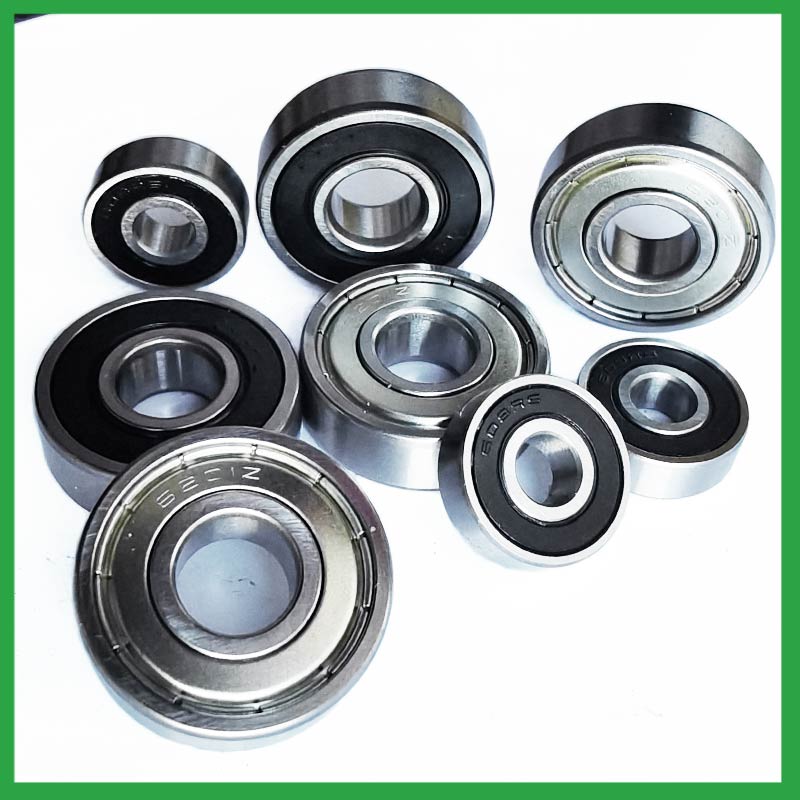
3.What is the significance of sliding door ball bearing roller lubrication, and how does it affect bearing lifespan and performance?
Bearing lubrication is vital for preserving the performance and lifespan of rolling element bearings. Lubrication helps separate moving parts relative to one another, such as rollers and raceways or balls, to prevent wear and tear and friction.
4.How do sliding door ball bearing roller contribute to the overall efficiency and energy savings in industrial machinery and transportation systems?
The balls roll along the raceway, allowing for smooth rotation of the machinery or equipment. Ball bearings are used to support rotating, reduce friction and support radial and axial loads in high-load, high-speed applications where reliability and efficiency are critical.
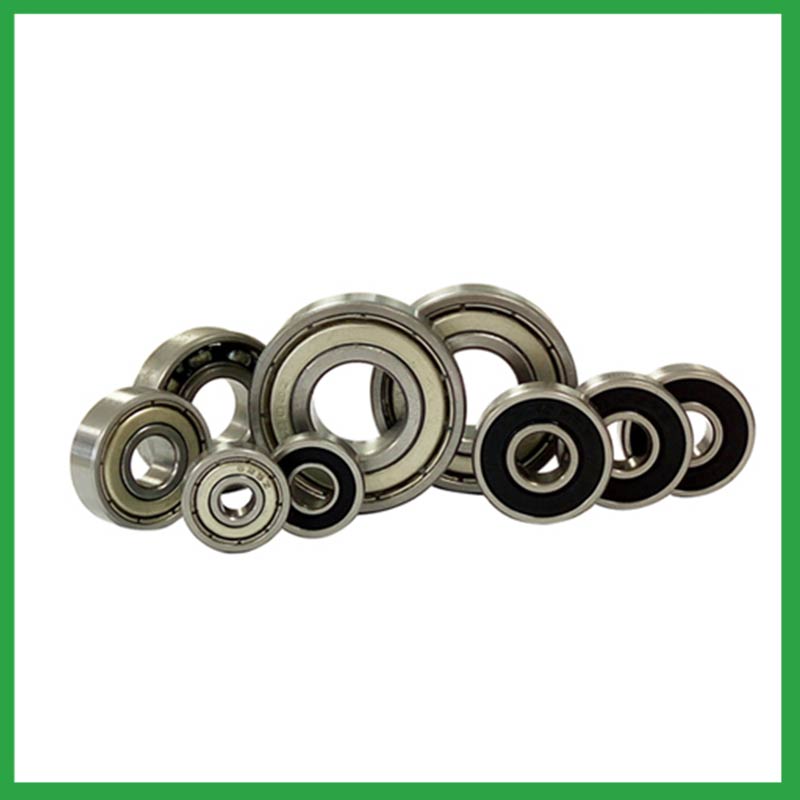
5.Do sliding door ball bearing roller come in various tolerance classes?
Bearing tolerances are standardized by classifying bearings into the following six classes (accuracy in tolerances becomes higher in the order described): 0, 6X, 6, 5, 4 and 2.
6.Can sliding door ball bearing roller be customized with special coatings or treatments to meet specific industry standards or regulatory requirements?
Yes, sliding door ball bearing roller can be customized with special coatings or treatments to meet specific industry standards or regulatory requirements.
1. Corrosion-resistant coatings: These coatings are used to protect the bearings from corrosion caused by exposure to moisture, chemicals, and other corrosive substances.
2. High-temperature coatings: These coatings are used to improve the thermal stability and performance of bearings in high-temperature environments.
3. Food-grade coatings: These coatings are specially designed for applications in the food and beverage industry, where bearings come into contact with food, beverage, or pharmaceutical products.
4. Anti-static and non-conductive coatings: These coatings are used to dissipate static electricity, which can cause damage to electronic components.
5. Specialized lubrication treatments: Bearings can be treated with specialized lubricants that meet specific industry standards or regulatory requirements.
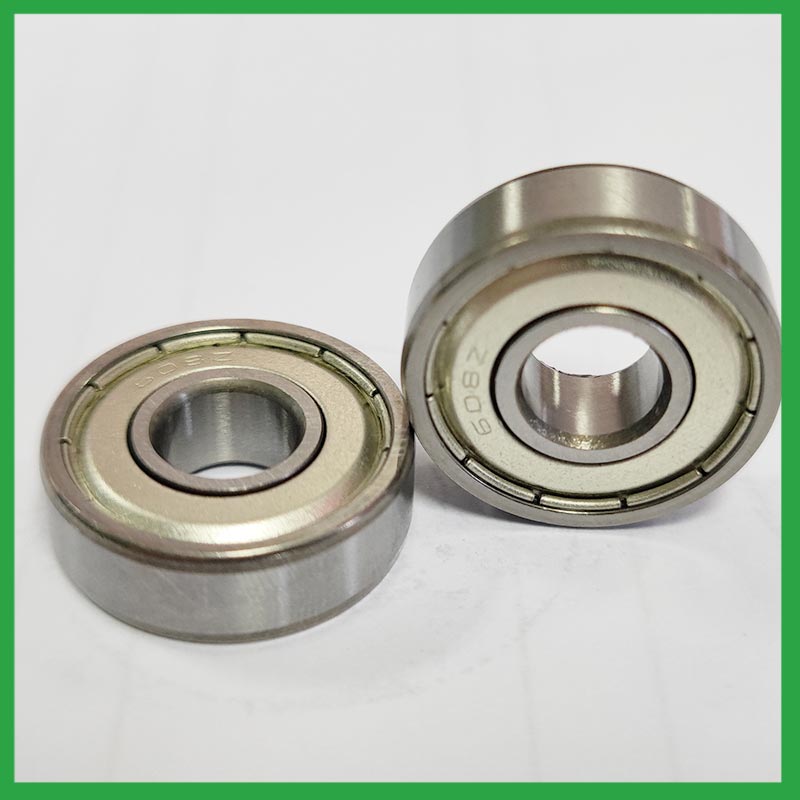
7.Are there sliding door ball bearing roller designed for use in critical medical equipment?
Precision sliding door ball bearing roller are among critical components in medical devices that are vital to ensuring patient safety. Correct choice of suitable ball and ring materials and the right product design can ensure high-precision bearings — and medical devices — have a long service life.
Precision bearings are used in a wide variety of medical devices including surgical power tools, ventilators and heart pumps — and patient safety depends on them all. Whatever the device, there is an onus on medical device original equipment manufacturers (OEMs) to ensure that the right type of bearings are chosen, and fit precisely into the application.
8.How do sliding door ball bearing roller provide smooth and controlled motion in various mechanical systems, such as conveyor belts or automobiles?
In essence, sliding door ball bearing roller operate on the principle that it's far more efficient to roll over surfaces than to slide, thereby significantly reducing friction and facilitating smooth movement of machinery parts.
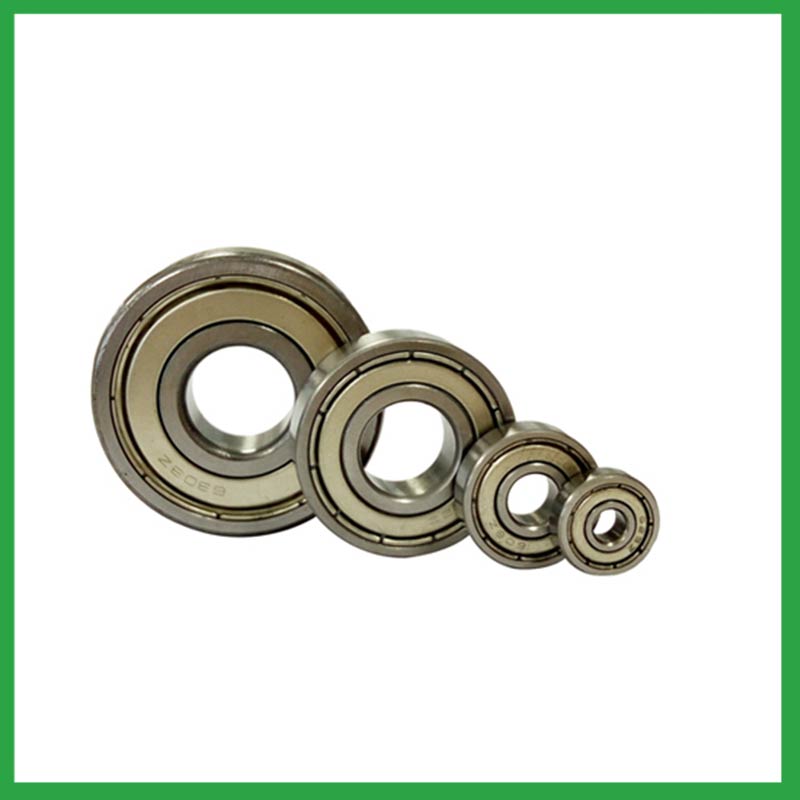
9.What are the advancements and innovations in sliding door ball bearing roller technology that have emerged in recent years?
Significant advancements have been made in sliding door ball bearing roller steels over the years. Modern, ultra-clean bearing steels contain fewer and smaller non-metallic particles, giving ball bearings greater resistance to contact fatigue.
10.What is the production capacity of the factory for sliding door ball bearing roller?
The production capacity of Ningbo Haishu Nide International is:50000000pcs/month
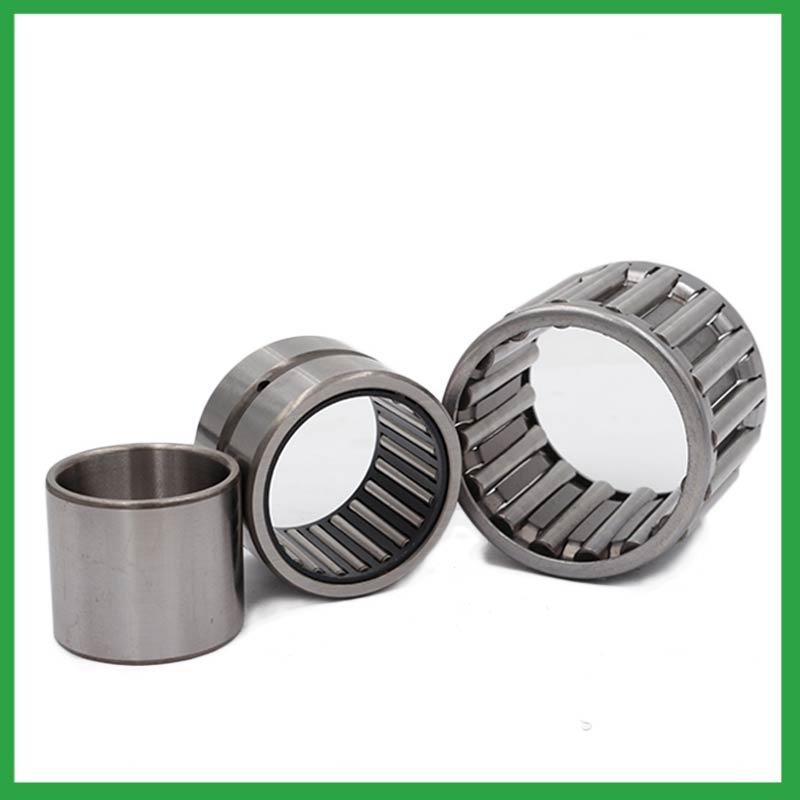
11.Can sliding door ball bearing roller be used in vacuum or cleanroom environments, and what measures are taken to prevent outgassing or contamination?
Bearings specify stainless steel for vacuum or cleanroom applications as stainless steels used for the rings, balls and retainer exhibit low outgassing. They usually supply open or shielded stainless steel bearings as vacuum bearings as these will outgas less than a nitrile rubber sealed bearing.
12.What is the typical noise level associated with sliding door ball bearing roller, and how are noise-reduction techniques applied?
To measure in accurate way the sliding door ball bearing roller noise under rotation during their manufacturing process is a key activity particularly in the production of medium, small and ultra-small deep groove ball bearings. This capability in bearings noise analysis has become the real distinguishing element between a standard bearings noise equipment and a superior class one.
The various types of vibration and sound in rolling bearings can be grouped in four main categories: structural, manufacturing, handling and other. The structural vibration consists mostly of race, click, squeal and cage noise: it can be continuous or intermittent depending on specific cases. The manufacturing vibration is instead related to the waviness noise generated by the geometrical imperfections of inner and outer ring and of rolling elements, being always continuous in nature. The so-called handling vibration is normally associated with flaw and contamination and is generating – in most of the cases – irregular noise. Then there are other types of vibrabition that include noise generated by sealing and lubricant (irregular) or by runout (continuous).
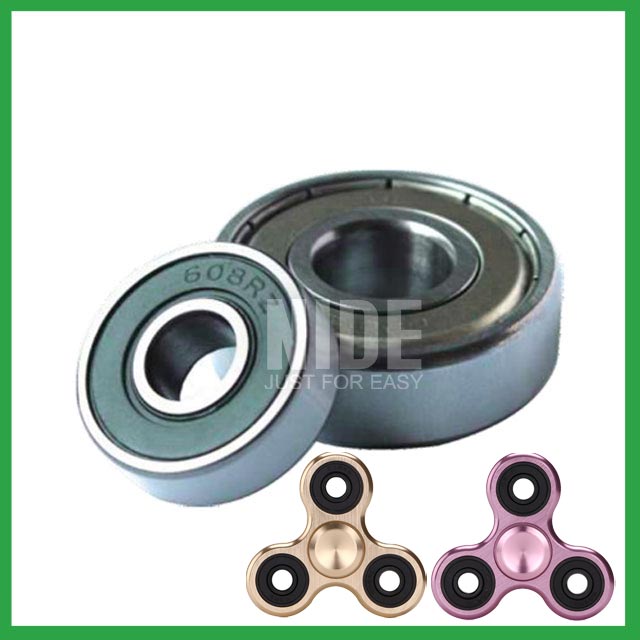
13.How do preload adjustments in sliding door ball bearing roller affect their performance and suitability for high-precision tasks?
Benefits of Preloading a Bearing
Optimizes the ball spin to roll ratio.
Increases the rigidity of an application.
Protects from excessive ball skidding.
Decreases application vibration and sliding friction.
High running accuracy (even if load conditions keep changing)
Increases bearing load capacity.
14.Are there hybrid sliding door ball bearing roller that combine steel rings with ceramic balls to optimize performance in demanding applications?
Hybrid Ceramic sliding door ball bearing roller. Ceramic ball bearings (also known as hybrid bearings) are the one component that'll easily optimize the performance of your application. Hybrid bearings have ceramic (silicon nitride, Si3N4) balls and 52100 bearing steel rings.
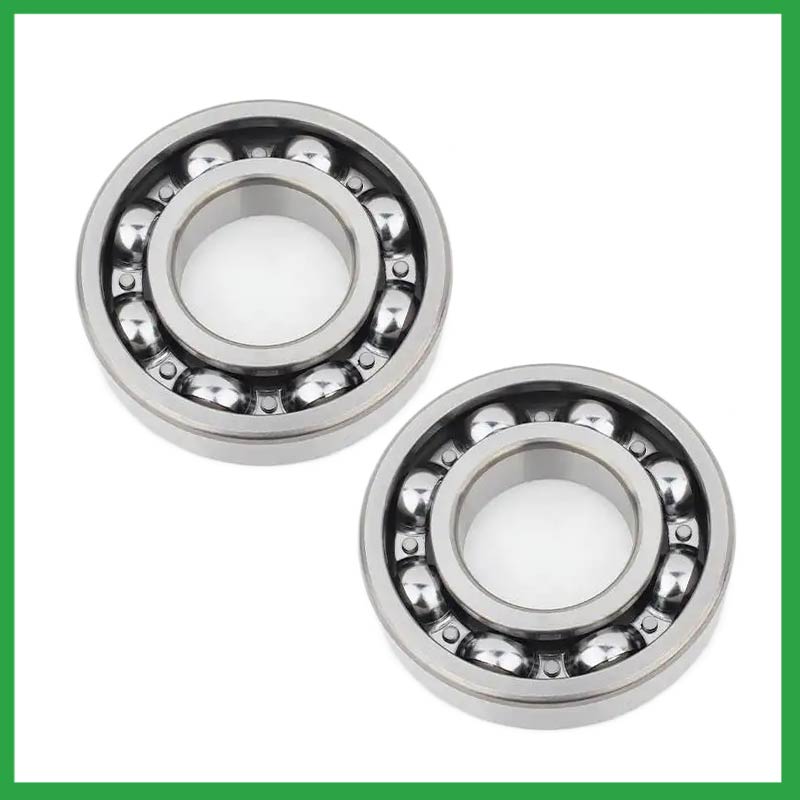
15.How do cage materials and designs impact sliding door ball bearing roller performance and stability?
As the core component of rotating machinery, the performance and reliability of high-precision sliding door ball bearing roller directly affect the overall performance and life of the machine and instrument . The increase of the rotational speed will aggravate the collision and friction of the cage, which will lead to the decrease of the rotational stability of the cage. The unstable movement of the cage could in turn lead to more severe collision and wear, thus reducing the life and reliability or even the destruction of the bearing.
Therefore, it is very necessary to study the cage stability to guarantee the stable operation of bearings. However, the dynamic characteristics of the cage is very complex. Parameters such as load, rotational speed and lubrication may affect its kinematic and tribological conditions, which leads to the change of its motion behavior.
16.What is a ball bearing?
A ball bearing is a type of rolling-element bearing that uses balls to maintain the separation between the bearing races.
The purpose of a ball bearing is to reduce rotational friction and support radial and axial loads. It achieves this by using at least two races to contain the balls and transmit the loads through the balls. In most applications, one race is stationary and the other is attached to the rotating assembly (e.g., a hub or shaft). As one of the bearing races rotates it causes the balls to rotate as well. Because the balls are rolling they have a much lower coefficient of friction than if two flat surfaces were sliding against each other.
Ball bearings tend to have lower load capacity for their size than other kinds of rolling-element bearings due to the smaller contact area between the balls and races. However, they can tolerate some misalignment of the inner and outer races.
